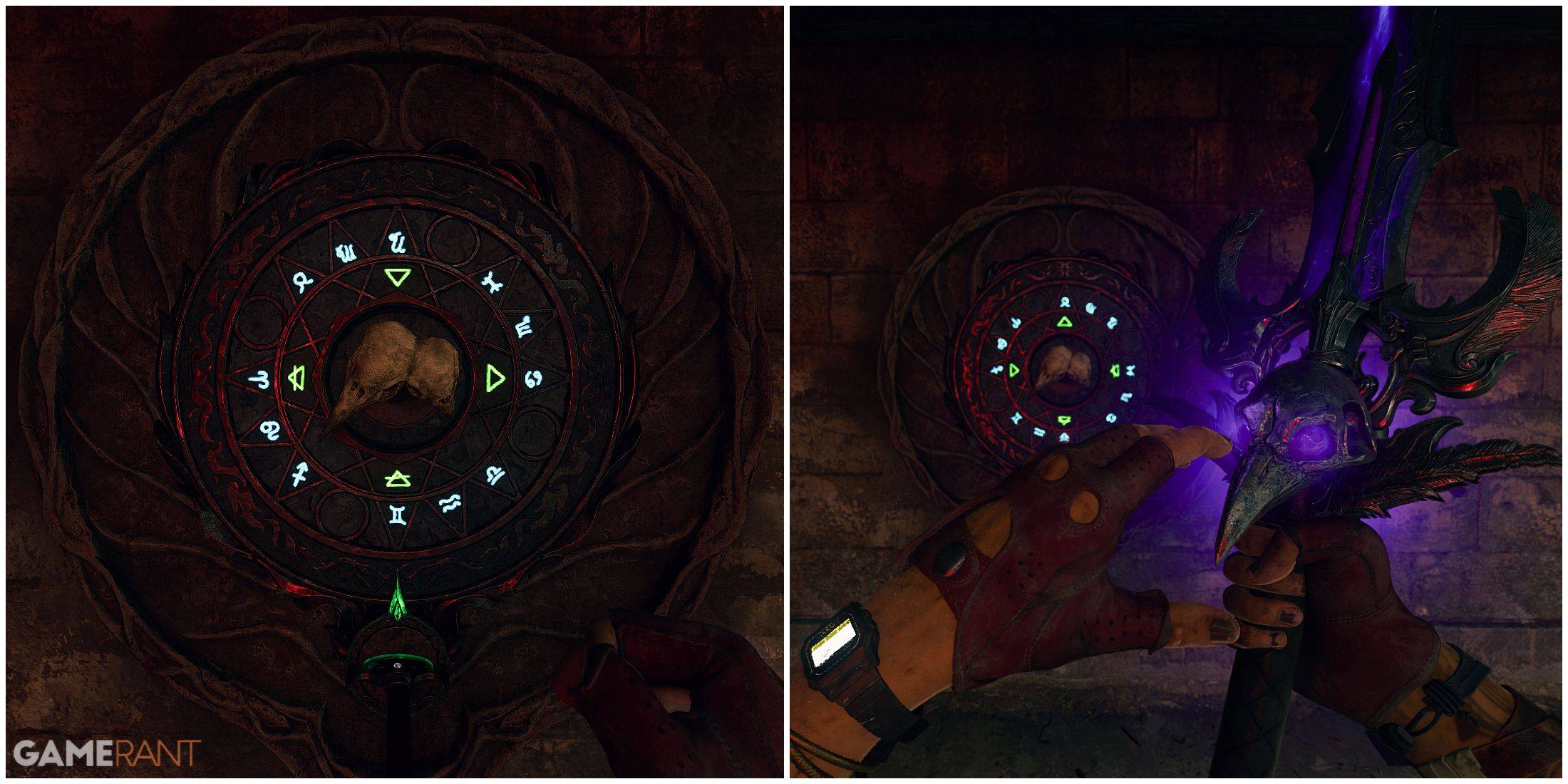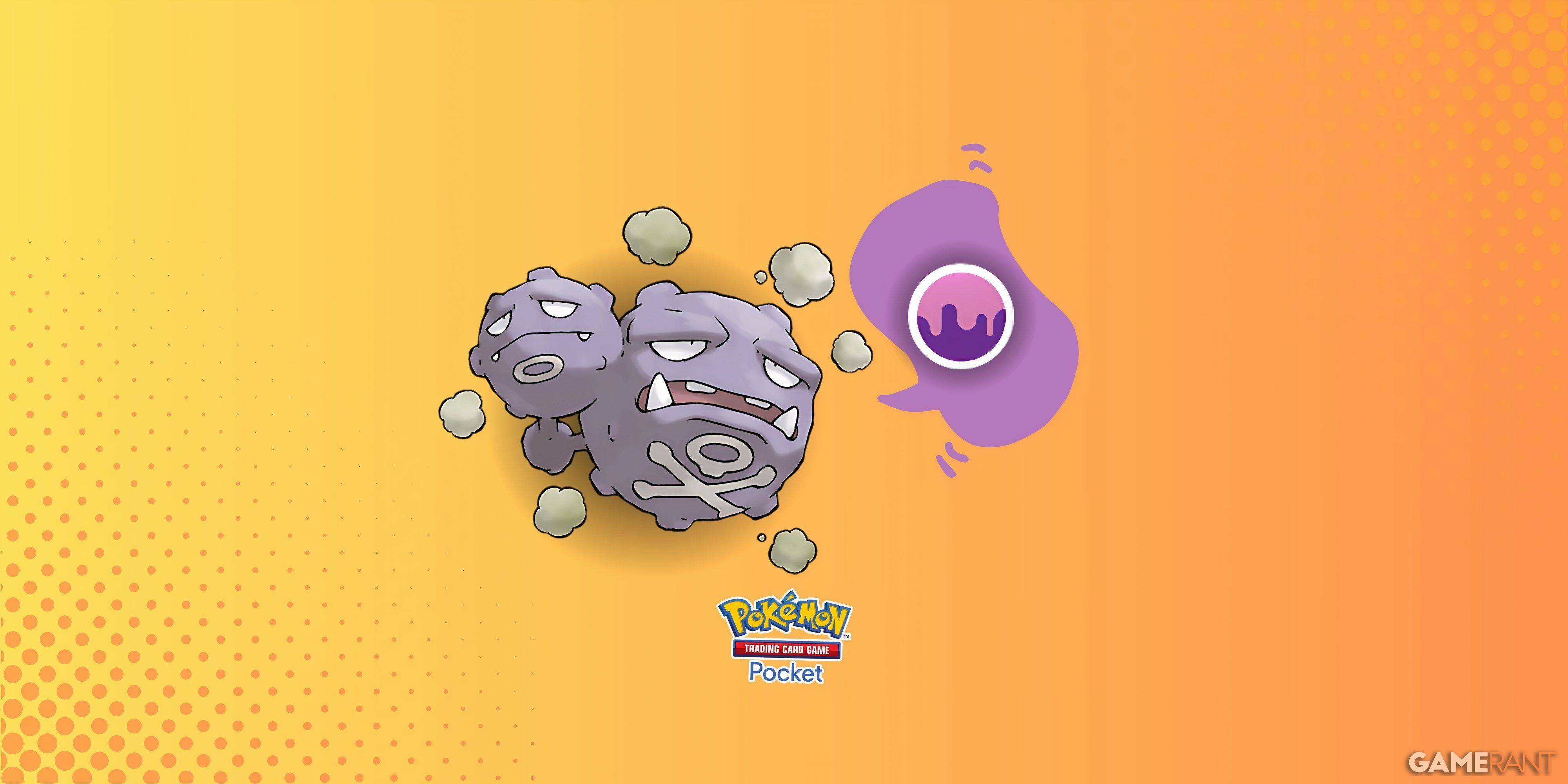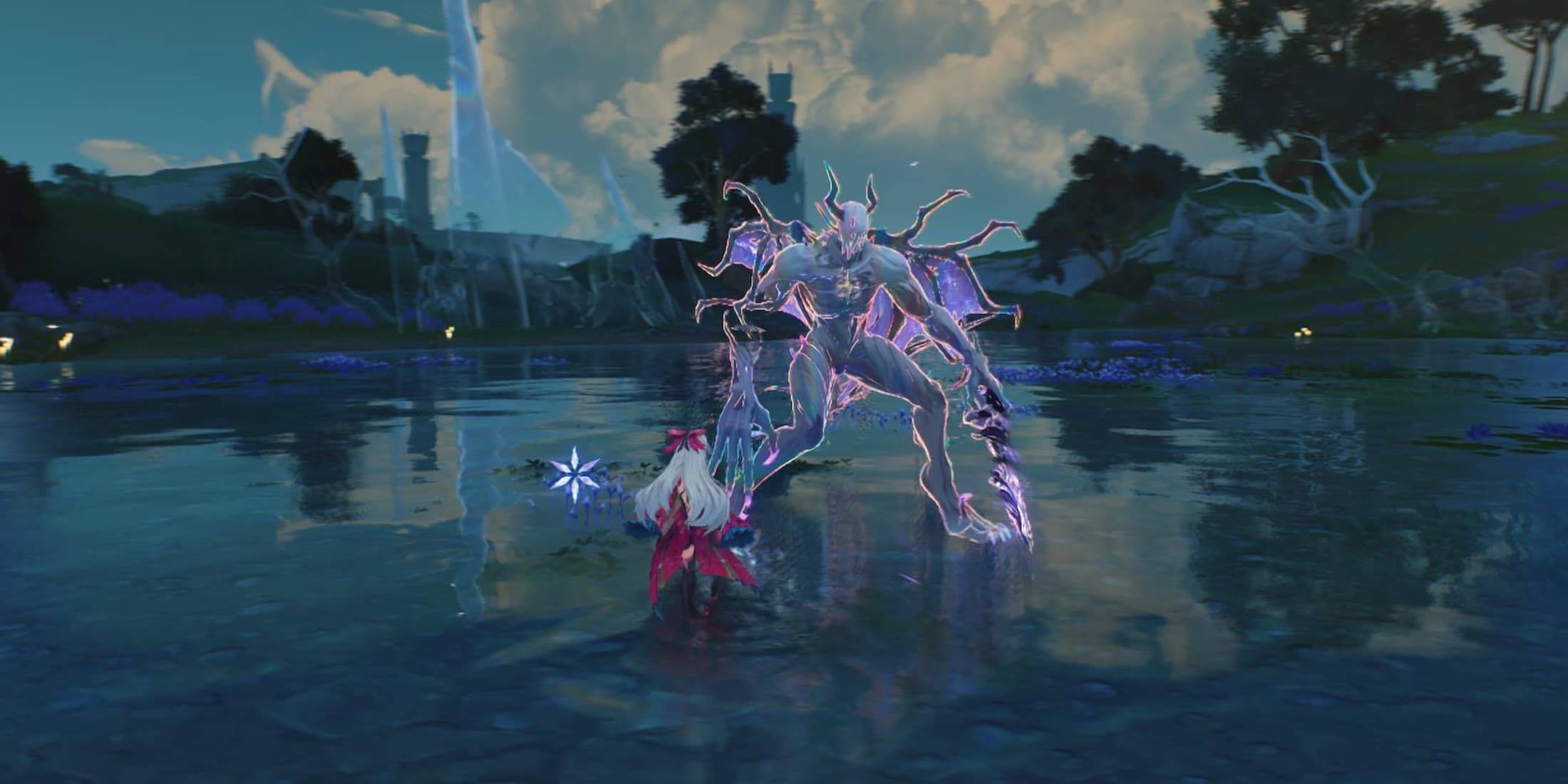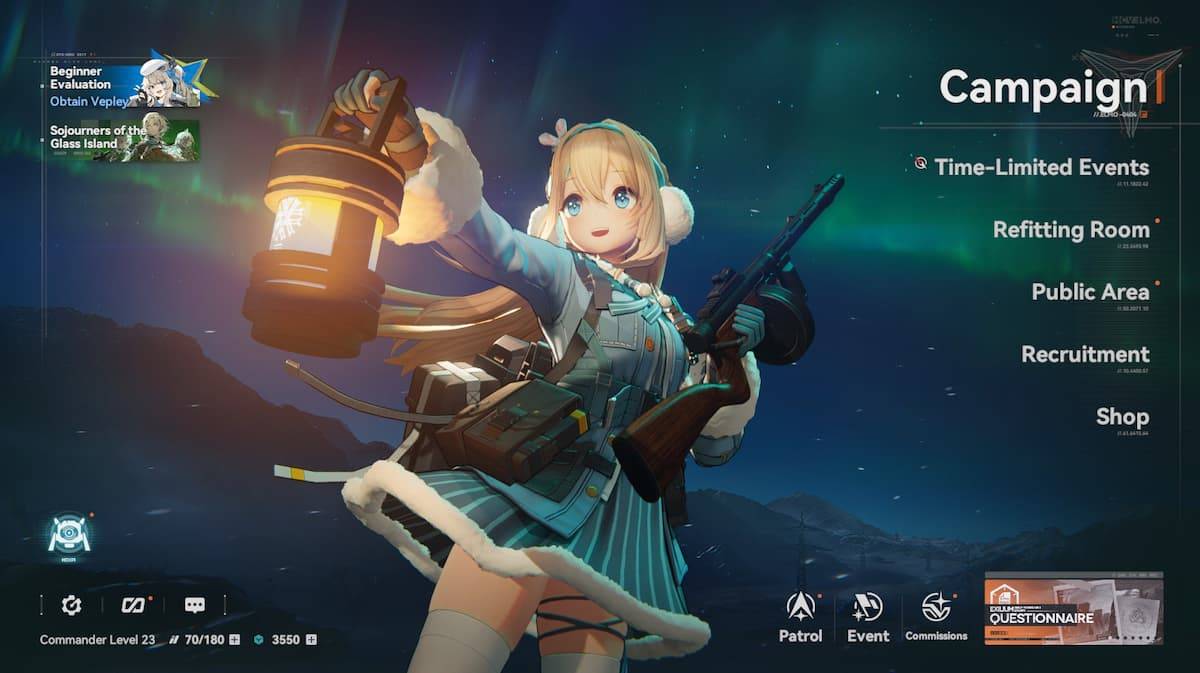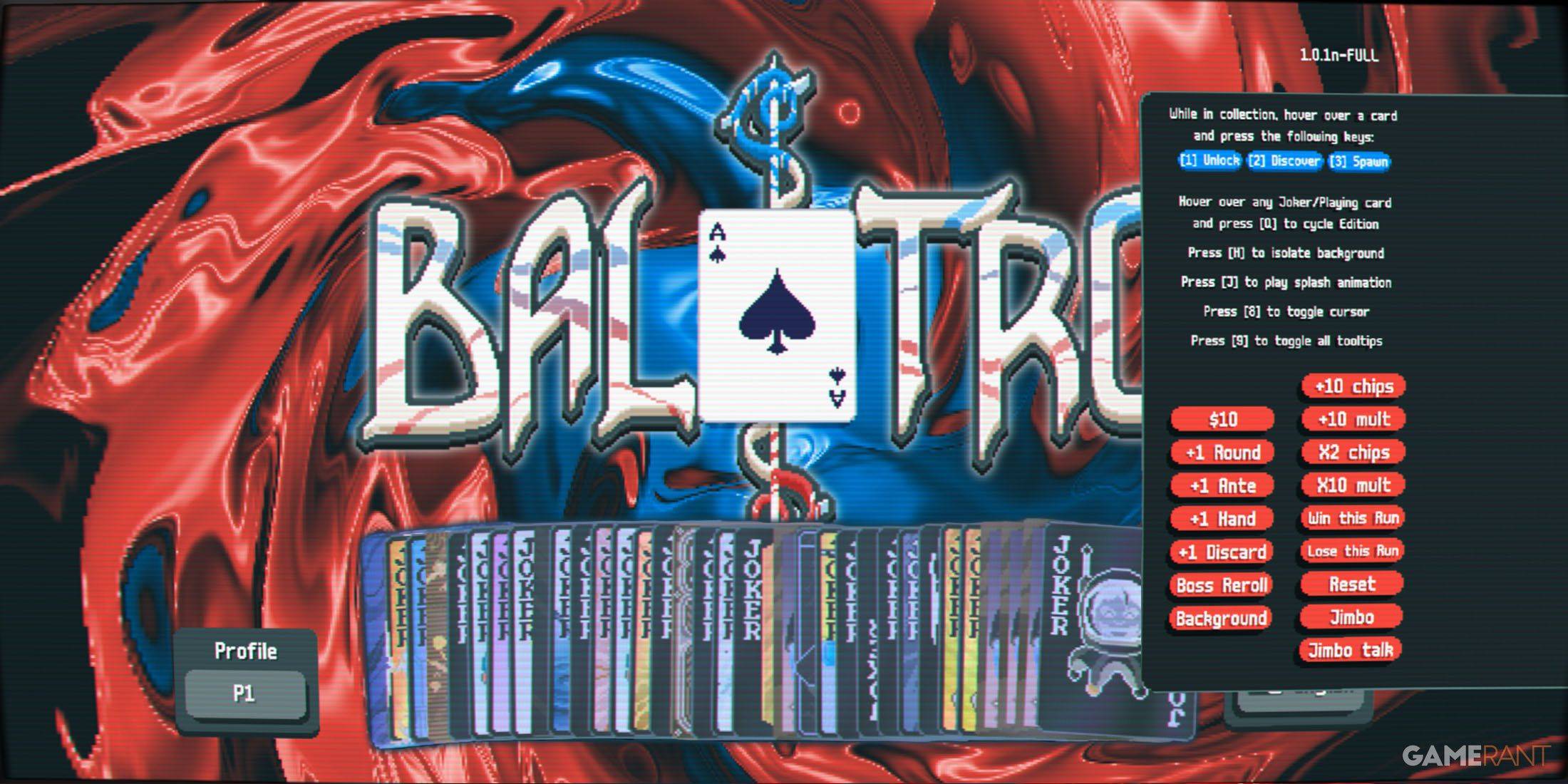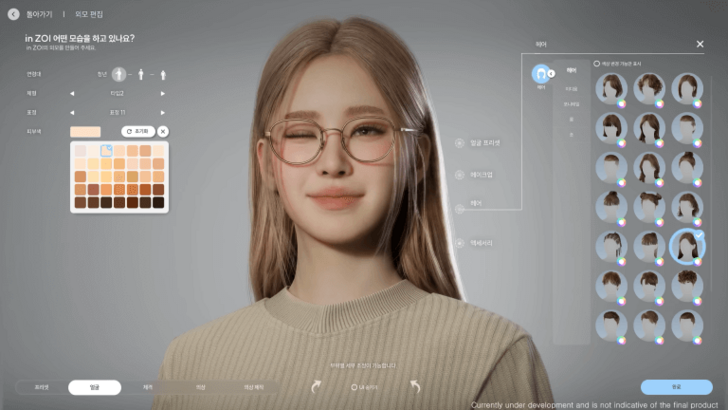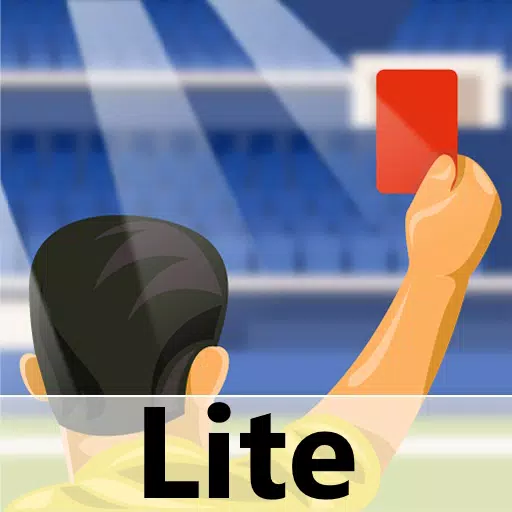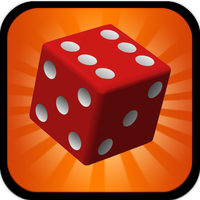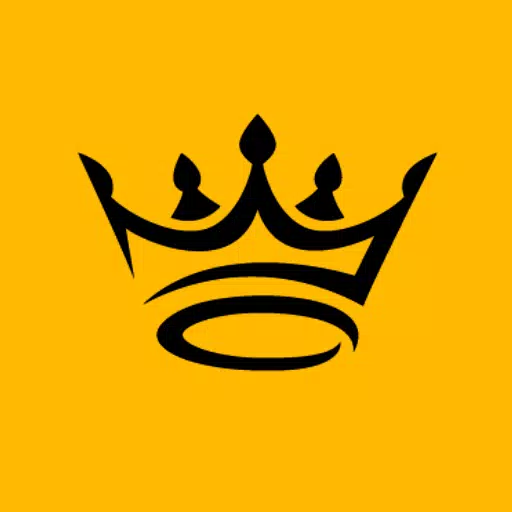"Connect Asus ROG Ally to TV or Monitor: Easy Steps"
In 2023, the ROG Ally made a splash in the gaming world as a compelling alternative to the Steam Deck, particularly due to its Windows operating system that grants access to a broader range of games. The subsequent release of the ROG Ally X in the same year not only enhanced the device's internals but also improved its ergonomics and cooling system, making it even more enjoyable to use.
One of the ROG Ally's standout features is its portability, yet it's also great for those times when you want to relax on your couch and play on a larger screen. Both the ROG Ally and ROG Ally X models support connection to external displays, allowing you to enjoy your games on a TV or gaming monitor. Below, you'll find a comprehensive guide on how to connect your ROG Ally to a TV or monitor, complete with step-by-step instructions and helpful recommendations.
How to Connect With an Adapter
There are several ways to connect your ROG Ally to a TV or monitor, but using an adapter is one of the simplest and space-saving methods. Whether you choose a small dongle-style adapter, a direct cable, or the official ROG Gaming Charger Dock, you have plenty of options to suit your needs.
What You'll Need
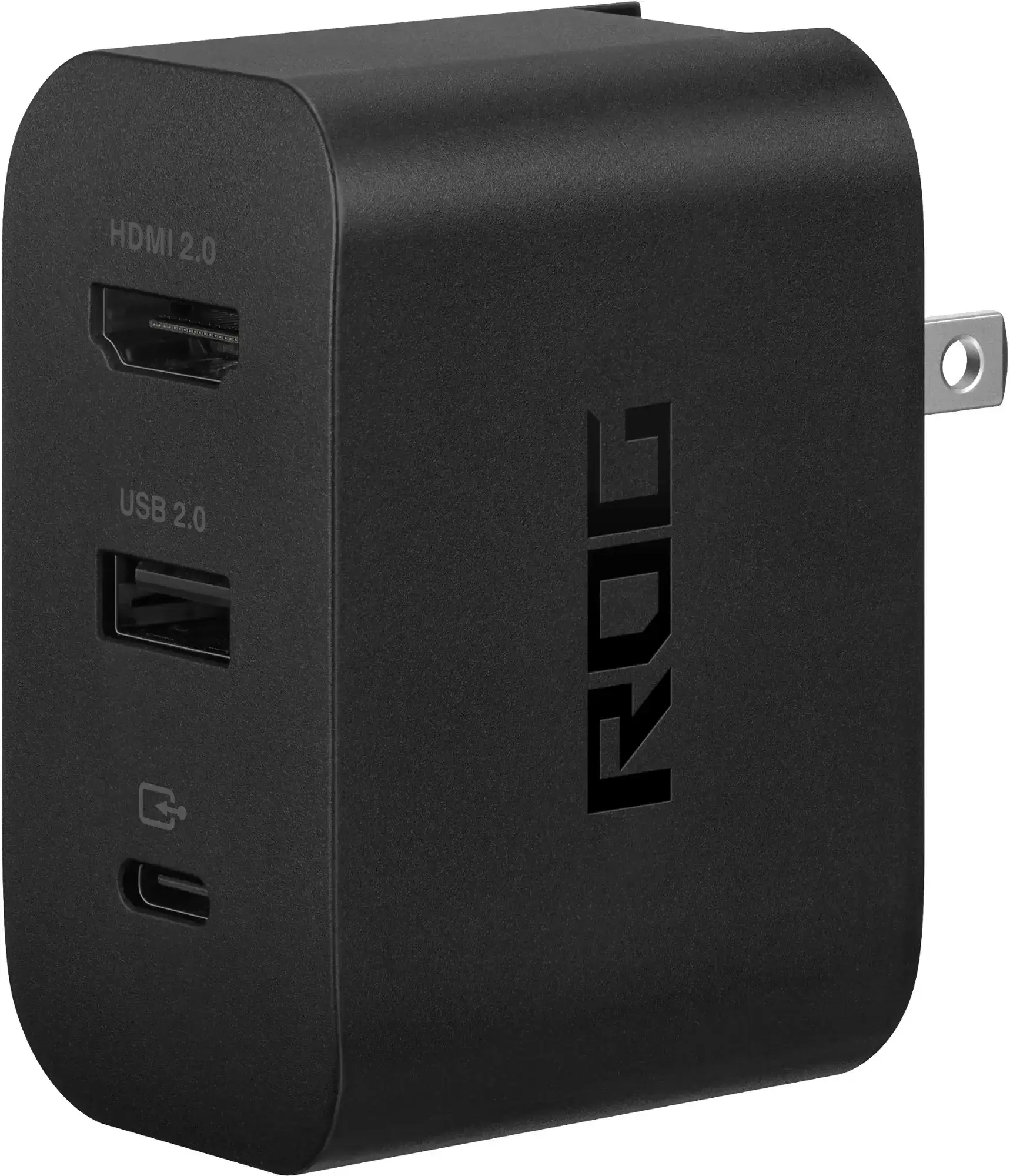
ASUS ROG 65W Charger Dock
The ASUS ROG 65W Charger Dock is the perfect compact solution for connecting your ROG Ally to a TV. It supports HDMI 2.0 and features USB Type-A and USB Type-C ports. This dock not only serves as an adapter but also charges your device. All you need is a USB-C and an HDMI cable to get started. The Charger Dock also includes a USB-A port for connecting a mouse or keyboard.
If you opt for a third-party USB-C to HDMI adapter, you can connect it directly to the ROG Ally's USB-C port. Then, attach an HDMI cable to the adapter and plug it into your TV or monitor. For a seamless one-cable solution, you can purchase a USB-C to HDMI cable that connects directly from your ROG Ally to your TV or monitor.
It's important to note that some USB-C to HDMI adapters include a passthrough USB-C port for charging. If your adapter has this feature, you'll need an additional USB-C cable and your power adapter to keep the ROG Ally charged while you play.
How to Connect: Step-by-Step Instructions
- Plug a USB-C to HDMI adapter (or cable) into the ROG Ally's USB-C port on the top of the device. If using the ROG Gaming Charger Dock, connect one end of a USB-C cable to the ROG Ally's USB-C port and the other end to the USB-C charging port on the Charger Dock.
- Connect an HDMI cable to the adapter (or Charger Dock) and plug the other end into an available HDMI port on your TV or monitor. If using a direct USB-C to HDMI cable, plug the HDMI end into your TV or monitor.
- (Optional) If your USB-C adapter includes a passthrough USB-C port for charging, connect your ROG Ally's power adapter to this port to supply power.
- Power on the ROG Ally; it should automatically detect and output the video signal.
- Switch your TV or monitor's input to the correct HDMI input to view your ROG Ally's display.
How to Connect With a Docking Station
For a more console-like experience reminiscent of the Nintendo Switch, consider using a docking station. While the ROG Ally doesn't have an official docking station outside of the ROG Gaming Charger Dock, there are numerous third-party options available. These docking stations allow you to place the ROG Ally into a stand while connecting to your TV or monitor and charging simultaneously.
What You'll Need
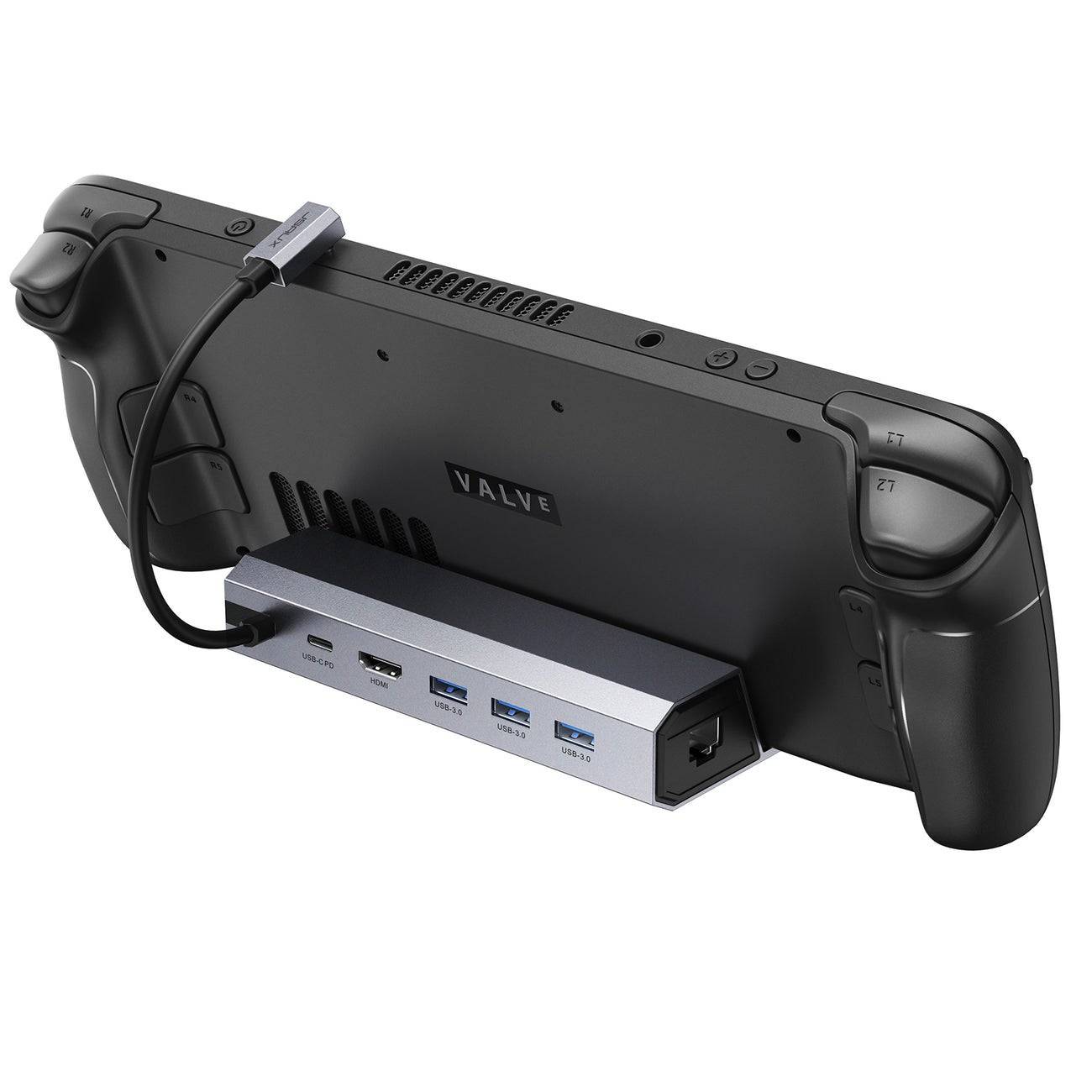
JSAUX Docking Station HB0603
The JSAUX Docking Station HB0603 is a powerful and versatile option, offering 100 watts of fast charging and multiple ports. This lightweight, compact dock also functions as a stand, making it perfect for both home and travel use. Basic docks designed for the ROG Ally typically include an HDMI port and a USB-C passthrough charging port. For more advanced setups, you can find docks with additional USB ports for peripherals like a mouse and keyboard, external hard drives, Ethernet ports for stable wired internet, SD card slots for expanded memory, and even a Display Port for connecting an additional display. Many docks compatible with the Steam Deck also work with the ROG Ally.
How to Connect: Step-by-Step Instructions
- Place your ROG Ally into the dock.
- Connect the USB-C power cord to the ROG Ally's USB-C port on the top of the device.
- Connect your ROG Ally's power adapter to the USB-C charging port on the dock.
- Attach an HDMI cable to the HDMI port on the dock, with the other end connected to an available HDMI port on your TV or monitor.
- Power on the ROG Ally; it should automatically detect and output the video signal.
- Switch your TV or monitor's input to the correct HDMI input to view your ROG Ally's display.
You'll Also Need a Controller
While you can connect a mouse and keyboard to your ROG Ally's docking solution, a wireless controller often offers the most comfortable gaming experience on a larger display. The ROG Ally is compatible with any Bluetooth-enabled gaming controller. Below are some of our top recommendations, which are also suitable for the Steam Deck.

Sony DualSense
The Sony DualSense controller offers a top-notch gaming experience and is highly recommended for use with the ROG Ally.
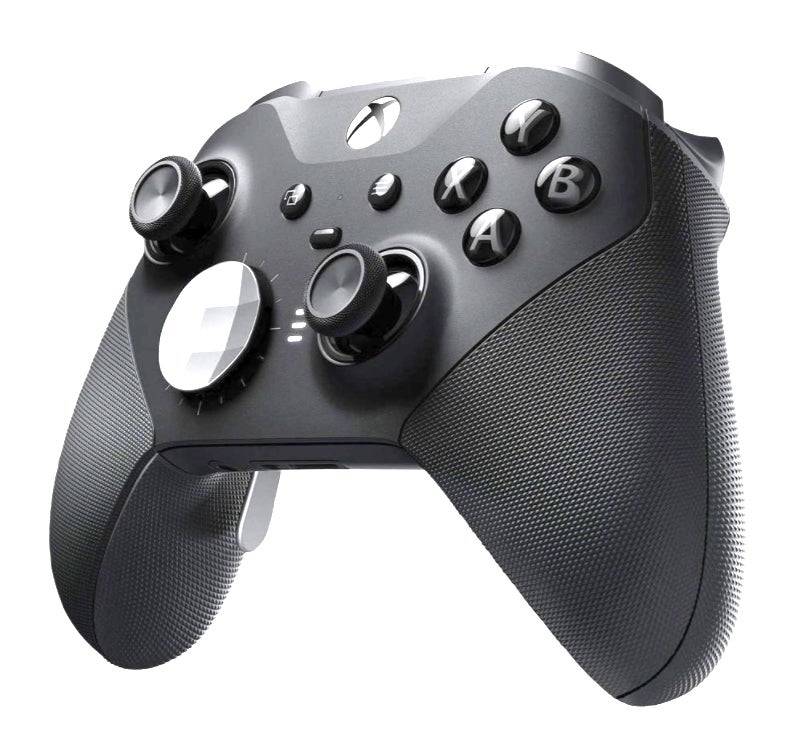
Xbox Elite Series 2 Controller
The Xbox Elite Series 2 Controller is another excellent choice, offering customization and high performance.
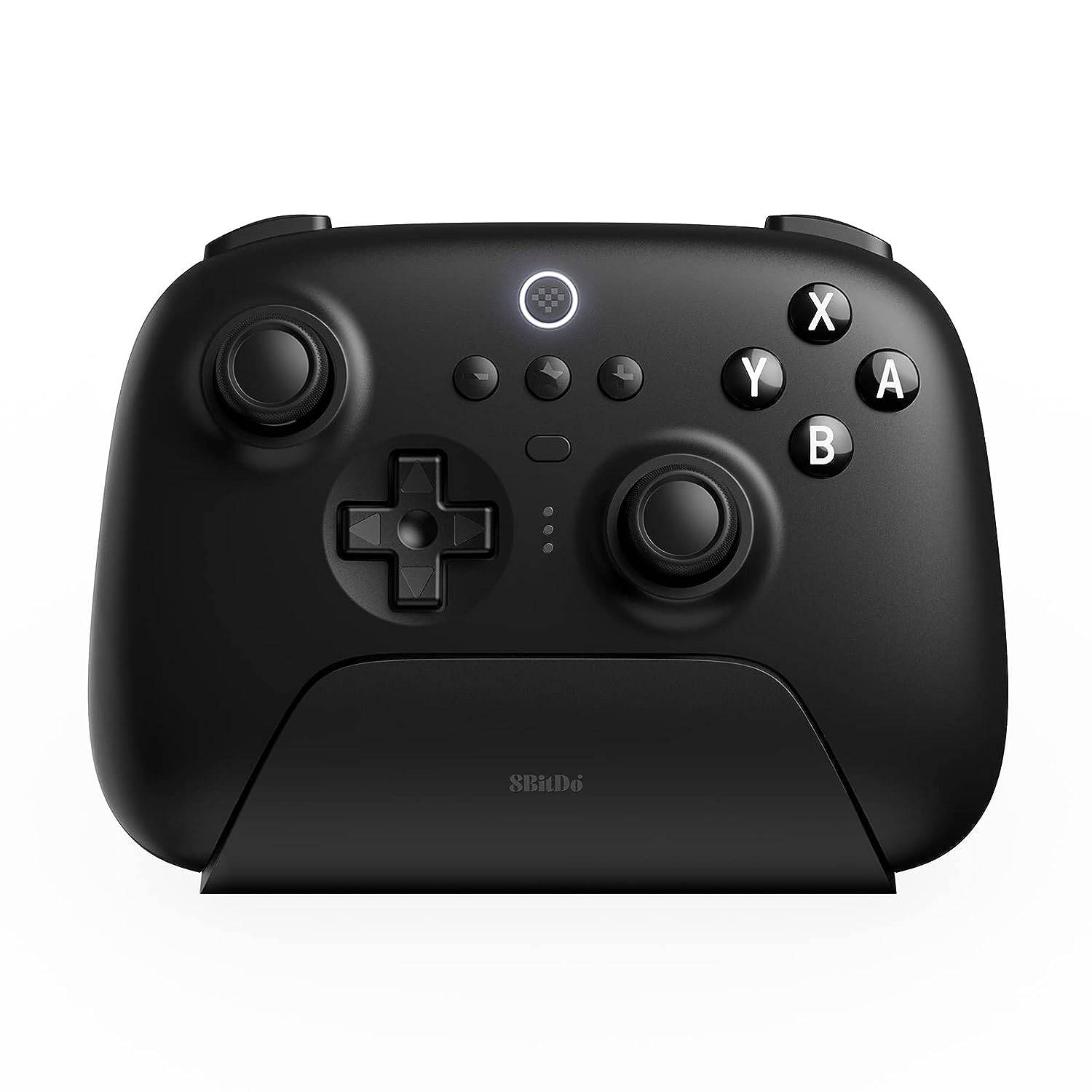
8BitDo Ultimate Controller
The 8BitDo Ultimate Controller provides a reliable and versatile gaming solution.
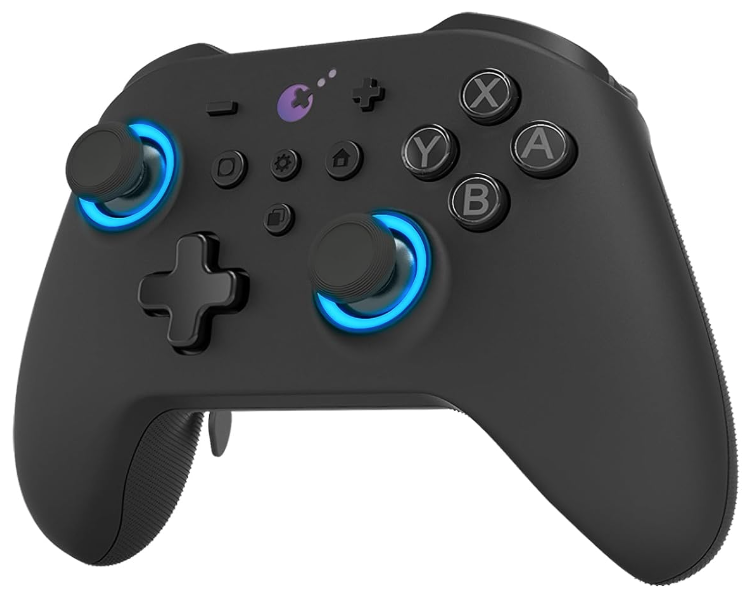
GuliKit KingKong 3 Max Controller
The GuliKit KingKong 3 Max Controller is ideal for gamers seeking a high-quality, responsive controller.
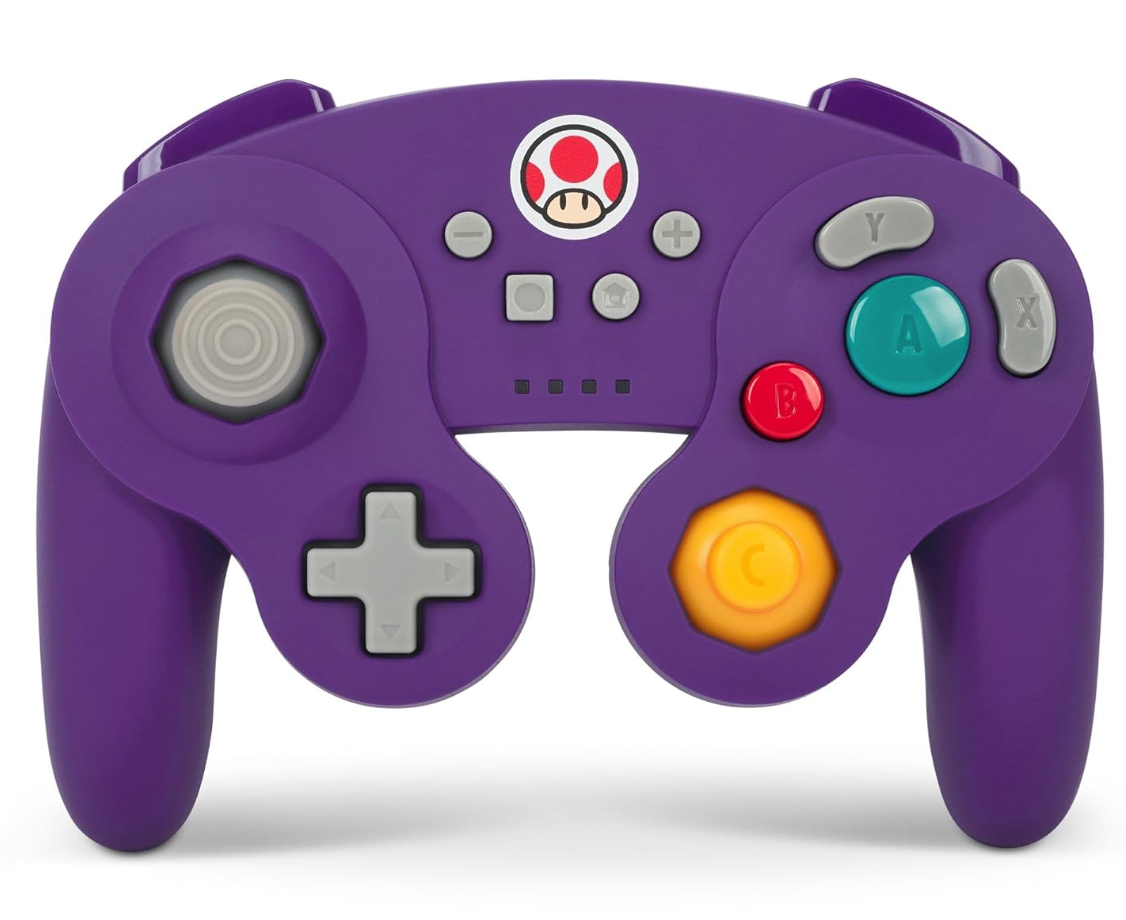
PowerA Wireless GameCube Style Controller
For fans of the classic GameCube design, the PowerA Wireless GameCube Style Controller is a nostalgic yet functional option.
These controllers include first-party options like the PS5's DualSense, the Xbox Wireless Controller, or the Nintendo Switch Pro Controller, as well as a variety of third-party choices. Some controllers utilize a 2.4GHz wireless connection with an included USB adapter, which typically offers lower latency and better range than standard Bluetooth controllers. For a straightforward setup, you can also use a wired USB controller if you're close enough to your ROG Ally or docking station.
Latest Articles


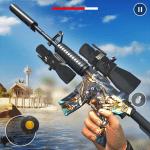

![Taffy Tales [v1.07.3a]](https://imgs.anofc.com/uploads/32/1719554710667e529623764.jpg)






